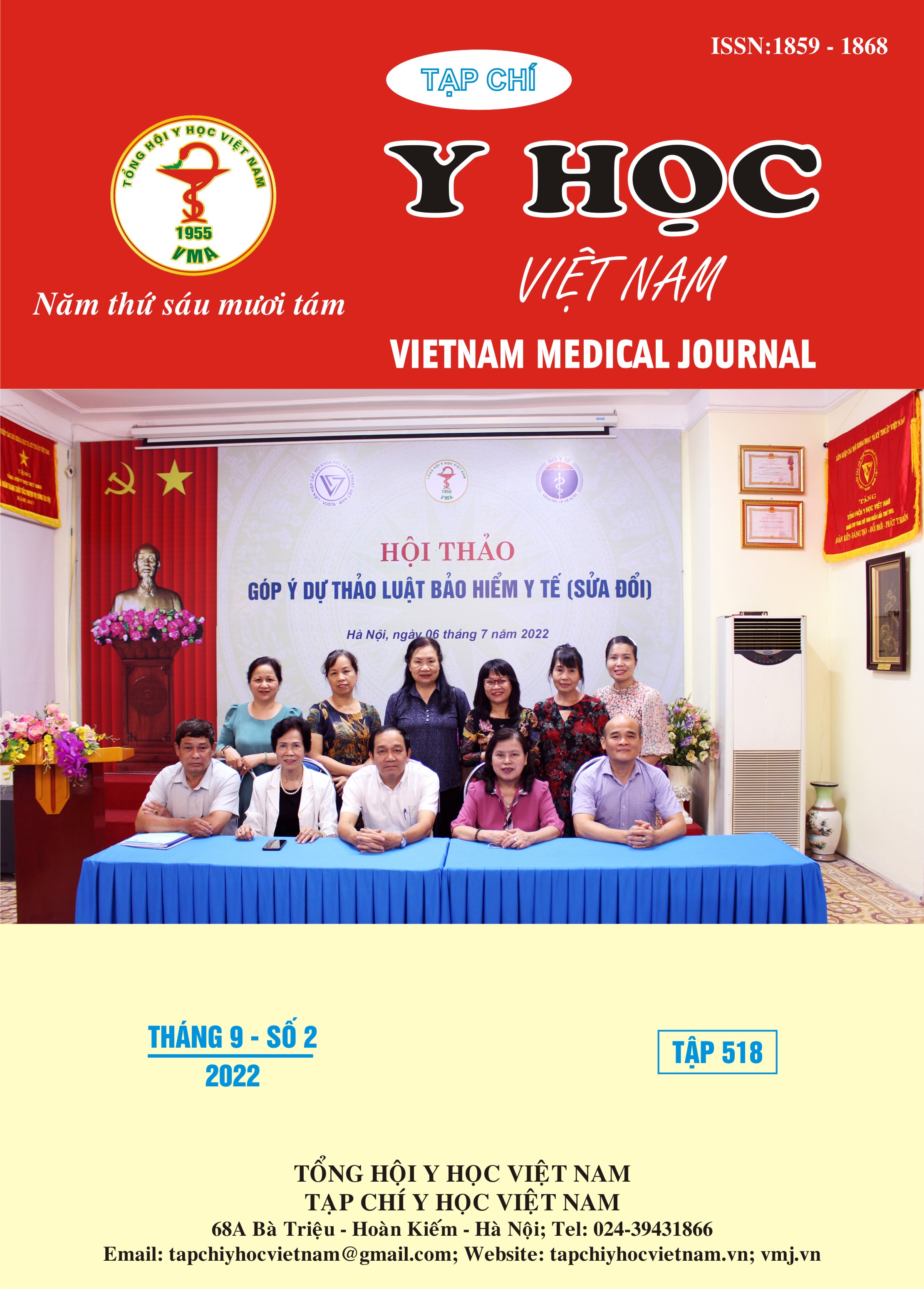EFFECTIVENESS OF LICHEN SCLEROSUS WITH ORAL AZITHROMYCIN
Main Article Content
Abstract
A uncontrolled, before-and-after clinical trial to evaluate the efficacy and adverse effects of oral azithromycin in the treatment of lichen sclerosus. The study was conducted on 30 patients at the National Hospital of Dermatology. The study results showed that, after 8 weeks, the proportion of patients who responded to treatment (66.67%), good response accounted for (26.67%), only 2 patients did not respond, accounting for a low rate (6.66%). Adverse side effects: 10% had nausea, diarrhea; 16.67% had abdominal pain in the first 1-2 days, no patient refused treatment.
Article Details
Keywords
lichen sclerosus, chronic, azithromycin
References
2. Piamphongsant T (1974). Tetracycline for the treatment of pityriasis lichenoides. Br J Dermatol. Sep. 91(3):319-22.
3. LeVine MJ (1983). Phototherapy of pityriasis lichenoides. Arch Dermatol. May. 119(5):378-80.
4. R. B Skinner and A. L. Levy (2008). Rapid resolution of pityriasis lichenoides et varioliformis acuta with azithromycin, Journal of the American Academy of Dermatology, vol. 58, no.3, pp. 524-525.
5. Aydogan K, Saricaoglu H, Turan H (2008). Narrowband UVB (311 nm, TL01) phototherapy for pityriasis lichenoides.Photodermatol
6. Hapa A, Ersoys-Evans S. Karaduman A (2012). Childhood pityriasis lichenoides and oral erythromycin. Pediatr Dermatol; 29: 719-724.
7. U.S Food and Drug Administration (2014). FDA Drug safety communication: Azithromycin (zithromax or Zmax) and the risk of potentially fatal heart rhythms. Accessed on August 27, 2014.


